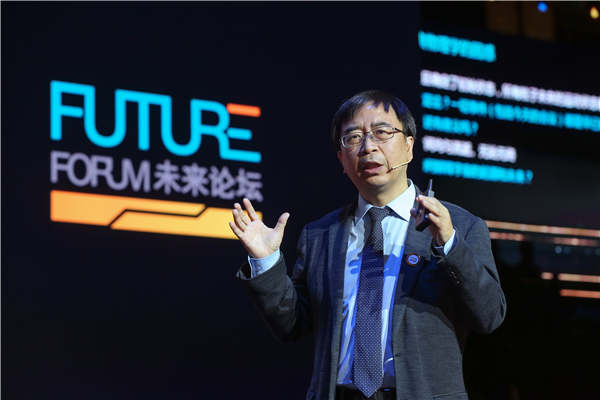 |
|
Pan Jianwei, quantum physicist, winner of the physical science prize. [Photo provided to China Daily] |
Fundamental life makeup
This year's Future Science Prize in life science honors Shi Yigong, 50, a biophysicist professor at Tsinghua University, for his uncovering of the high-resolution structure of the spliceosome, a substance crucial to gene expression.
According to research, one-third of human genetic diseases are caused by malfunctions of a complicated cellular process, which delivers information held in the DNA molecule into the cell. Spliceosome is a key player in this process.
Less was known what the spliceosome looked like before Shi found the structure of the yeast spliceosome at the atomic level.
"The structure of the spliceosome represents a much greater challenge than the structure of the ribosome, for which three individuals in the past were awarded the Nobel Prize," Dinshaw Patel, a senior scientist and member of the National Academy of Sciences, the United States, was quoted by Tsinghua University as saying in an email.
"It's a milestone achievement in Chinese life sciences and it will encourage the next generation to enter the field."
Shi's group has been using revolutionary new cryoelectron microscopy and software techniques to photograph and analyze millions of intact spliceosomes.
They are currently working to untangle the secrets of the human spliceosome with the hope of giving clinicians tools to be sure that every gene splice is right.
Shi encourages students to embrace stringent, systematic scientific training in science.
"Vigorous training is the basis for all kinds of intuition," he says. "Only through comprehensive training and accumulated knowledge can you get the spark of a great idea."